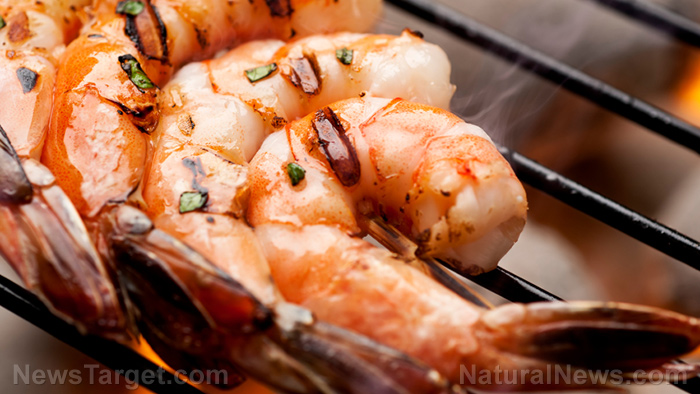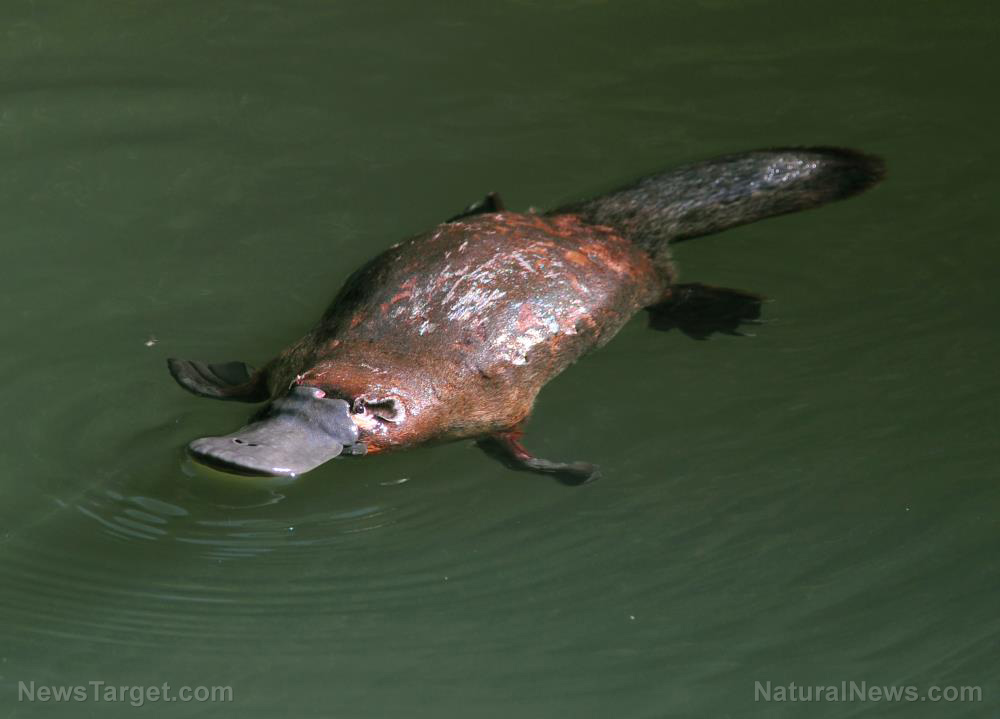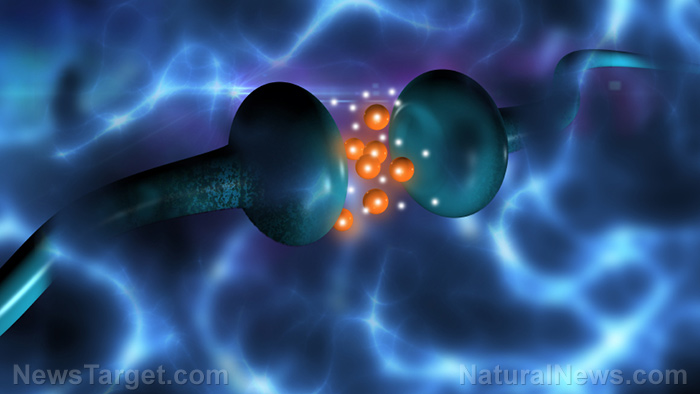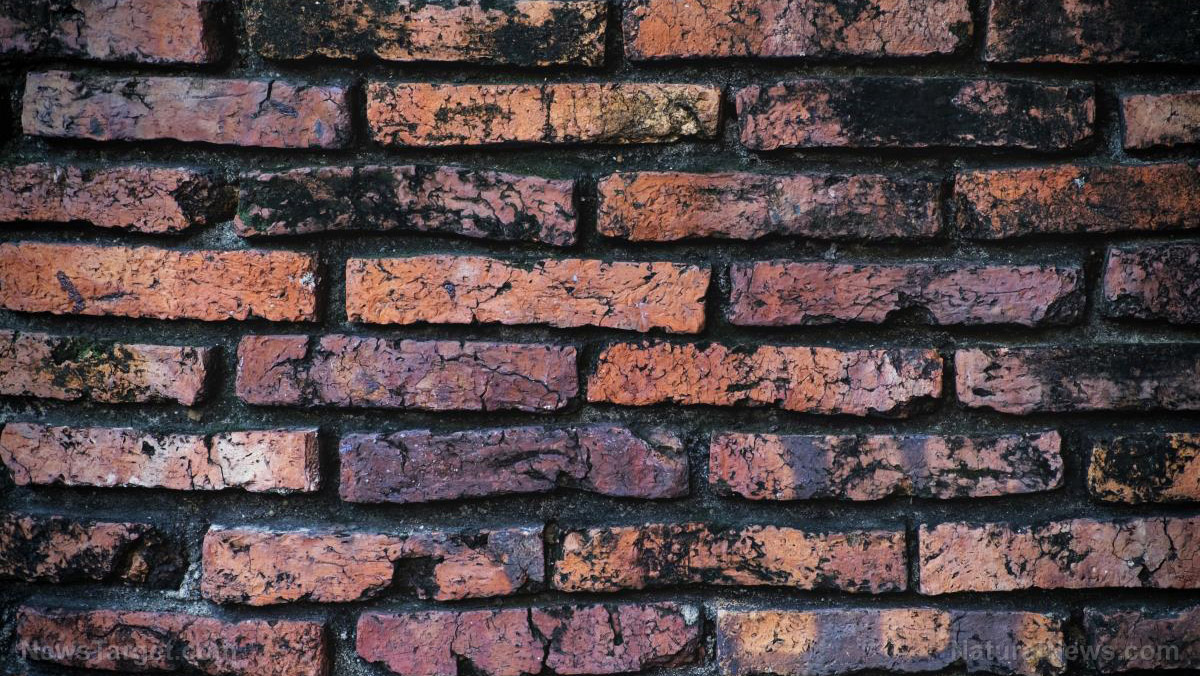Plastic BAN List highlights the 9 top sources of plastic pollution
05/22/2017 / By Frances Bloomfield

In a bid to reduce the amount of plastic pollution, the state of California banned the statewide use of plastic bags. Known as California Proposition 67, the ban took place almost immediately after it was passed on November of last year. Although the law has amassed a great amount of support, environmental groups such as The 5 Gyres Institute acknowledged that more work has to be done. The organization partnered up with Clean Production Action, the Upstream Policy Institute (UPSTREAM), and the Surfrider Foundation to create the “Plastics BAN (Better Alternatives Now) List”, a detailed report on California’s most harmful plastic products and their alternatives.
- Food wrappers and containers – Potato chip bags, candy wrappers, cookie trays, and all forms of single-use disposable food packaging fall under this umbrella. In addition to filling the ocean with toxic plastic particles and chemicals, they can also end up as food for marine wildlife.
- Bottle and container caps – Sea birds can mistake these tiny, circular objects for food, and can die from accidentally ingesting bottle and container caps. The report even stated that plastic ingestion is a major contributor to the decline of certain sea bird species like the Pacific Albatross.
- Plastic bags – Fish, turtles, sea birds, turtles, and sea otters can all confuse plastic bags for their usual food sources. The animals that aren’t strangled by plastic bags are instead slowly starved to death by the plastic bags that fill up their stomachs.
- Straws and stirrers – With Californians using an estimated 60 million plastic straws daily, it’s no wonder these are such a ubiquitous form of plastic pollution. Both plastic straws and stirrers have been noted as threats to wildlife and a considerable part of the “growing ocean plastic epidemic”.
- Beverage bottles – Despite the presence of 1,687 recycling centers in the state, plastic beverage bottles have continued to pollute California’s environment.
- Utensils – Although convenient, disposable plastic utensils do more harm than good when thrown out. The rigid particles of plastic forks, spoons, and knives can damage the digestive system of any animal that consumes them by chance.
- Cigarettes – The butts of cigarettes are made from toxic, non-biodegradable plastics like fibrous cellulose acetate. Their pervasiveness in public spaces “suggests that the public still misunderstands what they are made of”, according to the report.
- Lids – Polystyrene is both a component of coffee cup lips and a suspected human carcinogen. It’s even been shown to leach from products and into beverages or foods. More than just a high-pollution plastic item, beverage cup lids have the potential to harm people as well.
- Take-out containers – Made from thermoformed polyethylene terephthalate (PET) or polystyrene foam, take-out containers are the go-to food holders of choice for most food service establishments. However, most take-out containers are manufactured with chemicals that make them hazardous to the environment and difficult to recycle.
Addressing the plastic pollution problem is going to take more than just recycling. Matt Prindiville, Executive Director of UPSTREAM, told SustainableBrands.com that there exists “safer, more sustainable alternatives to nearly every one of the most harmful plastic products.”(Related: Papermaking waste could provide safer alternative to BPA)
Anna Cummins, Co-founder and Global Strategy Director of The 5 Gyres Institute, also stated that: “Eliminating single-use disposable plastics must be a priority.”
In addition to utilizing plastic substitutes and getting rid of disposable plastics, the authors of the report have also recommended that producers manufacturers also become involved in the process. Following his previous statement, Prindiville added: “What we need now is for industry and government to take action and phase out the worst offenders in favor of better alternatives.”
Keep up to date on any and all news about our environment by visiting Environ.news.
Sources include:
Tagged Under: California, plastics




















